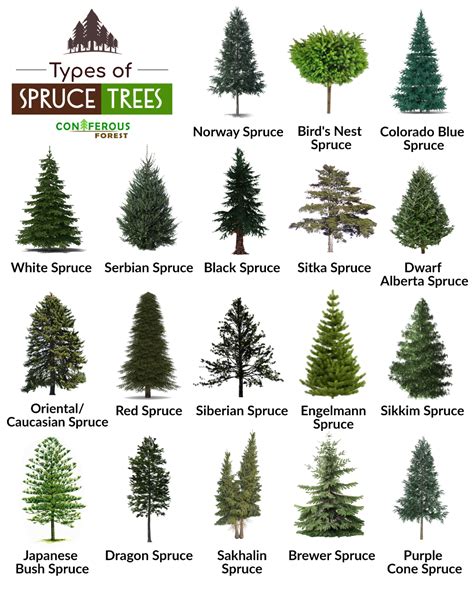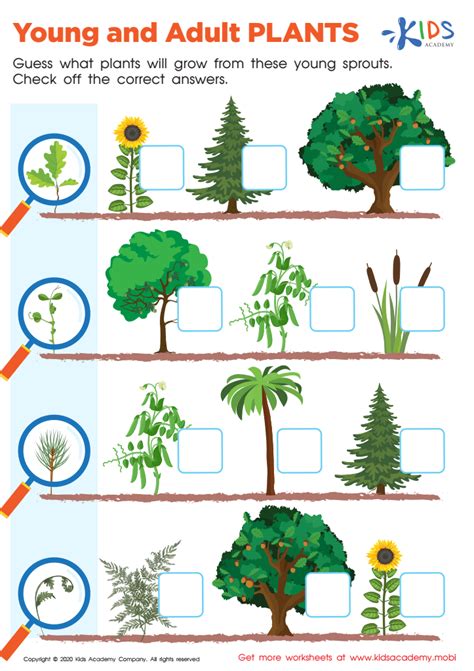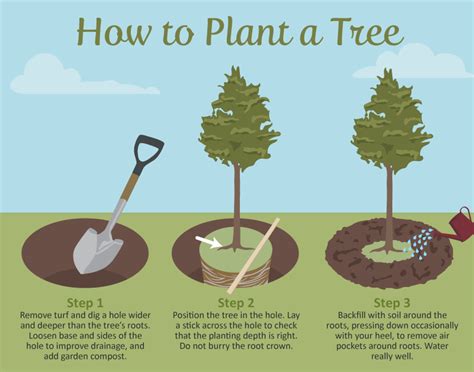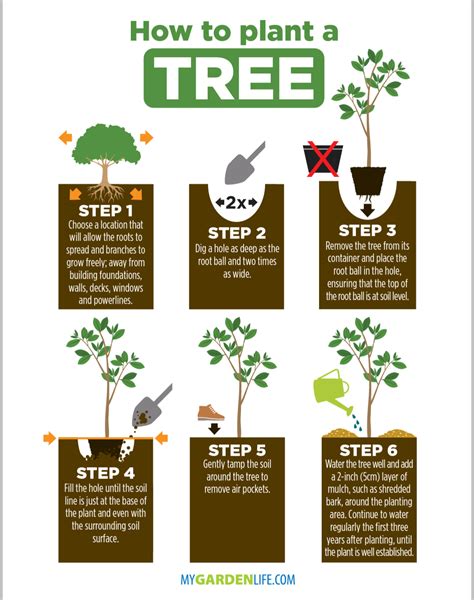Planting trees is a rewarding and environmentally beneficial activity that can provide numerous benefits, including improved air quality, increased biodiversity, and enhanced aesthetic appeal. Whether you're a seasoned gardener or a beginner, planting trees can be a fun and rewarding experience. In this article, we'll explore the steps involved in planting trees, including preparing the soil, selecting the right tree species, and providing proper care and maintenance.
Key Points
- Choose the right tree species for your climate and soil type
- Prepare the soil by testing its pH level and adding organic matter
- Plant the tree at the right depth and water it thoroughly
- Provide regular care and maintenance, including pruning and fertilization
- Consider factors like sunlight, wind, and soil moisture when selecting a planting location
Preparing the Soil

Before planting a tree, it’s essential to prepare the soil to ensure it’s suitable for the tree’s growth. This involves testing the soil’s pH level and adding organic matter like compost or manure to improve its fertility and drainage. The ideal soil pH for most tree species is between 6.0 and 7.0. You can purchase a soil testing kit or send a sample to a laboratory for analysis. Based on the results, you can adjust the soil’s pH level by adding lime or sulfur.
Soil Types and Tree Species
Different tree species have varying soil requirements. For example, oak trees prefer well-drained soil with a pH level between 6.0 and 7.0, while pine trees can tolerate acidic soils with a pH level as low as 5.5. It’s crucial to choose a tree species that’s compatible with your soil type to ensure its optimal growth and health. Some popular tree species and their soil requirements are listed in the table below.
| Tree Species | Soil pH | Soil Type |
|---|---|---|
| Oak | 6.0-7.0 | Well-drained |
| Pine | 5.5-6.5 | Acidic |
| Maple | 6.0-7.0 | Rich, fertile |

Planting the Tree

Once you’ve prepared the soil and selected the right tree species, it’s time to plant the tree. Dig a hole that’s twice as wide and just as deep as the tree’s root ball. If the tree is bare-root, dig a hole that’s deep enough to accommodate the roots. Place the tree in the hole, making sure the root flare (where the trunk flares out at the base of the tree) is level with the soil surface. Fill the hole with soil, tamping it down gently to prevent air pockets. Water the tree thoroughly, providing about 1-2 gallons of water per inch of tree diameter.
Post-Planting Care
After planting, it’s essential to provide regular care and maintenance to ensure the tree’s optimal growth and health. This includes watering, pruning, and fertilization. Water the tree regularly, especially during its first year, providing about 1-2 gallons of water per inch of tree diameter. Prune the tree annually to remove dead or diseased branches and promote a strong, balanced structure. Fertilize the tree with a balanced, slow-release fertilizer in the early growing season, following the manufacturer’s instructions.
How often should I water my newly planted tree?
+Water your newly planted tree regularly, providing about 1-2 gallons of water per inch of tree diameter. Check the soil moisture by inserting your finger into the soil up to the knuckle. If the soil feels dry, it's time to water.
What are the benefits of planting native tree species?
+Planting native tree species provides numerous benefits, including improved biodiversity, increased resistance to pests and diseases, and reduced maintenance requirements. Native trees are also more adapted to the local climate and soil conditions, making them a great choice for environmentally friendly landscaping.
How can I protect my tree from pests and diseases?
+Protect your tree from pests and diseases by providing regular care and maintenance, including pruning, fertilization, and watering. Inspect your tree regularly for signs of pests or diseases, and take action promptly if you notice any issues. Consider using organic or integrated pest management (IPM) methods to minimize the risk of chemical exposure.
Planting trees is a rewarding experience that can provide numerous benefits for the environment and your community. By following the steps outlined in this article, you can ensure the optimal growth and health of your tree, while also contributing to a more sustainable and environmentally friendly future.
